Setting Sail To Travel Through Space: 5 Things To Know About Our New Mission

Setting Sail to Travel Through Space: 5 Things to Know about our New Mission
Our Advanced Composite Solar Sail System will launch aboard Rocket Lab’s Electron rocket from the company’s Launch Complex 1 in Māhia, New Zealand no earlier than April 23, at 6 p.m. EDT. This mission will demonstrate the use of innovative materials and structures to deploy a next-generation solar sail from a CubeSat in low Earth orbit.
Here are five things to know about this upcoming mission:
1. Sailing on Sunshine
Solar sails use the pressure of sunlight for propulsion much like sailboats harness the wind, eliminating the need for rocket fuel after the spacecraft has launched. If all goes according to plan, this technology demonstration will help us test how the solar sail shape and design work in different orbits.

2. Small Package, Big Impact
The Advanced Composite Solar Sail System spacecraft is a CubeSat the size of a microwave, but when the package inside is fully unfurled, it will measure about 860 square feet (80 square meters) which is about the size of six parking spots. Once fully deployed, it will be the biggest, functional solar sail system – capable of controlled propulsion maneuvers – to be tested in space.

3. Second NASA Solar Sail in Space
If successful, the Advanced Composite Solar Sail System will be the second NASA solar sail to deploy in space, and not only will it be much larger, but this system will also test navigation capabilities to change the spacecraft’s orbit. This will help us gather data for future missions with even larger sails.

4. BOOM: Stronger, Lighter Booms
Just like a sailboat mast supports its cloth sails, a solar sail has support beams called booms that provide structure. The Advanced Composite Solar Sail System mission’s primary objective is to deploy a new type of boom. These booms are made from flexible polymer and carbon fiber materials that are stiffer and 75% lighter than previous boom designs. They can also be flattened and rolled like a tape measure. Two booms spanning the diagonal of the square (23 feet or about 7 meters in length) could be rolled up and fit into the palm of your hand!

5. It’s a bird...it’s a plane...it’s our solar sail!
About one to two months after launch, the Advanced Composite Solar Sail System spacecraft will deploy its booms and unfurl its solar sail. Because of its large size and reflective material, the spacecraft may be visible from Earth with the naked eye if the lighting conditions and orientation are just right!
To learn more about this mission that will inform future space travel and expand our understanding of our Sun and solar system, visit https://www.nasa.gov/mission/acs3/.
Make sure to follow us on Tumblr for your regular dose of space!
More Posts from Ad-astra-affecte-spe and Others

Voyager 2: Rings of Neptune (August 1989)

shit man this got me emotional

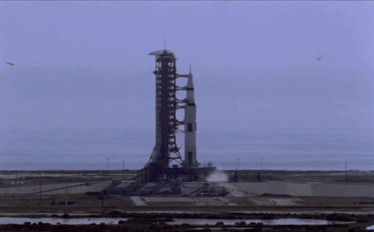
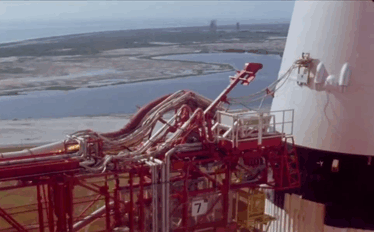
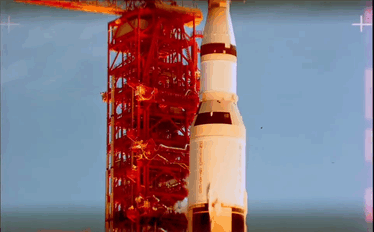
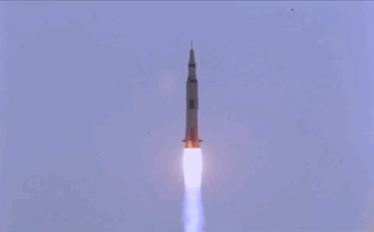
Apollo 11 Launch


Comet Leonard

What did Hubble see on your birthday? (x)
Dec. 3, 2009 - Stellar Jewel Box NGC 3603

2024 January 7
The Cat’s Eye Nebula in Optical and X-ray Image Credit: NASA, ESA, Hubble Legacy Archive; Chandra X-ray Obs.; Processing & Copyright: Rudy Pohl
Explanation: To some it looks like a cat’s eye. To others, perhaps like a giant cosmic conch shell. It is actually one of the brightest and most highly detailed planetary nebula known, composed of gas expelled in the brief yet glorious phase near the end of life of a Sun-like star. This nebula’s dying central star may have produced the outer circular concentric shells by shrugging off outer layers in a series of regular convulsions. The formation of the beautiful, complex-yet-symmetric inner structures, however, is not well understood. The featured image is a composite of a digitally sharpened Hubble Space Telescope image with X-ray light captured by the orbiting Chandra Observatory. The exquisite floating space statue spans over half a light-year across. Of course, gazing into this Cat’s Eye, humanity may well be seeing the fate of our sun, destined to enter its own planetary nebula phase of evolution … in about 5 billion years.
∞ Source: apod.nasa.gov/apod/ap240107.html
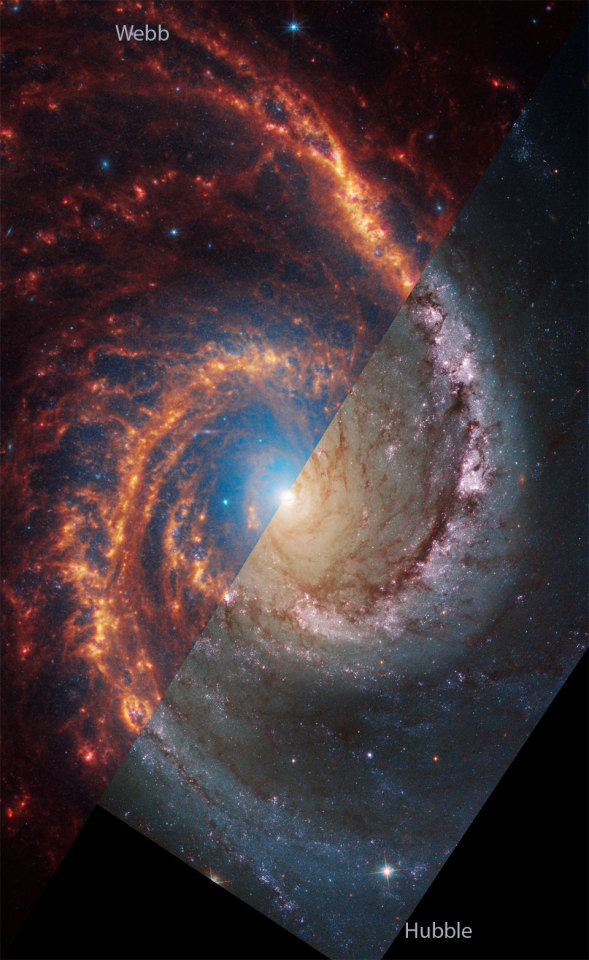
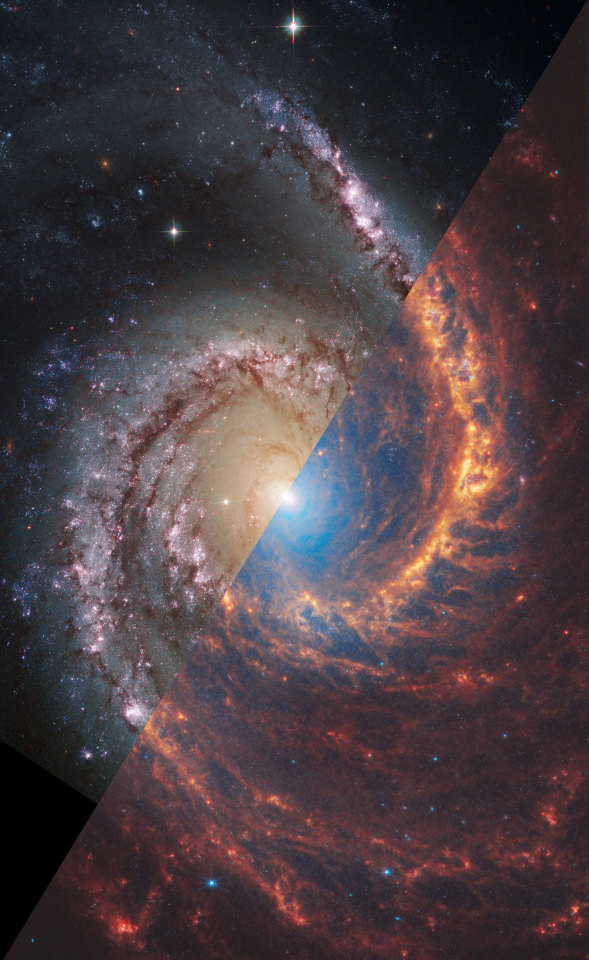


Spiral Galaxies from Webb & Hubble: NGC 1566 4303 3351



Mars painting by Herb Herrick for an article about terraforming in World Book Science Annual 1975. Consultant: Carl Sagan. The first painting (top) is followed by two clear plastic overlays of the skies and rain and finally plant life.
-
 carlottaragazzaloveeur reblogged this · 2 weeks ago
carlottaragazzaloveeur reblogged this · 2 weeks ago -
 carlottaragazzaloveeur liked this · 2 weeks ago
carlottaragazzaloveeur liked this · 2 weeks ago -
 shadow-king-club liked this · 1 month ago
shadow-king-club liked this · 1 month ago -
 andy202405 liked this · 2 months ago
andy202405 liked this · 2 months ago -
 kulginshubatfan liked this · 2 months ago
kulginshubatfan liked this · 2 months ago -
 constelacao-andromeda liked this · 2 months ago
constelacao-andromeda liked this · 2 months ago -
 nitzeart liked this · 3 months ago
nitzeart liked this · 3 months ago -
 thebearandthemoon reblogged this · 3 months ago
thebearandthemoon reblogged this · 3 months ago -
 afrotumble liked this · 3 months ago
afrotumble liked this · 3 months ago -
 the-cerulean-seal liked this · 4 months ago
the-cerulean-seal liked this · 4 months ago -
 the-cerulean-seal reblogged this · 4 months ago
the-cerulean-seal reblogged this · 4 months ago -
 papawolf1969 liked this · 5 months ago
papawolf1969 liked this · 5 months ago -
 nelson77789 liked this · 5 months ago
nelson77789 liked this · 5 months ago -
 dailymusemaniac reblogged this · 5 months ago
dailymusemaniac reblogged this · 5 months ago -
 dailymusemaniac liked this · 5 months ago
dailymusemaniac liked this · 5 months ago -
 undeadguy liked this · 6 months ago
undeadguy liked this · 6 months ago -
 pixion liked this · 6 months ago
pixion liked this · 6 months ago -
 bluefrenzy liked this · 7 months ago
bluefrenzy liked this · 7 months ago -
 glvlvukcan reblogged this · 7 months ago
glvlvukcan reblogged this · 7 months ago -
 unknownnazy90 liked this · 8 months ago
unknownnazy90 liked this · 8 months ago -
 myglorydayswon liked this · 8 months ago
myglorydayswon liked this · 8 months ago -
 mugattuhasgotchu reblogged this · 8 months ago
mugattuhasgotchu reblogged this · 8 months ago -
 a-dream-seeking-light liked this · 8 months ago
a-dream-seeking-light liked this · 8 months ago -
 anamariaurrutia reblogged this · 8 months ago
anamariaurrutia reblogged this · 8 months ago -
 anamariaurrutia liked this · 8 months ago
anamariaurrutia liked this · 8 months ago -
 starryravensky liked this · 8 months ago
starryravensky liked this · 8 months ago -
 katissoback liked this · 8 months ago
katissoback liked this · 8 months ago -
 a3veen reblogged this · 8 months ago
a3veen reblogged this · 8 months ago -
 asongpanda1 liked this · 9 months ago
asongpanda1 liked this · 9 months ago -
 arcanearcheress liked this · 9 months ago
arcanearcheress liked this · 9 months ago -
 watermelon-bubbles reblogged this · 9 months ago
watermelon-bubbles reblogged this · 9 months ago -
 flowersandcookiesinmornings liked this · 9 months ago
flowersandcookiesinmornings liked this · 9 months ago -
 galerymod liked this · 9 months ago
galerymod liked this · 9 months ago -
 the-clay-king liked this · 9 months ago
the-clay-king liked this · 9 months ago -
 wonderinggggg liked this · 9 months ago
wonderinggggg liked this · 9 months ago -
 bogotando liked this · 9 months ago
bogotando liked this · 9 months ago -
 dustyrider liked this · 9 months ago
dustyrider liked this · 9 months ago -
 linda8326963 liked this · 9 months ago
linda8326963 liked this · 9 months ago -
 qwrtyghkl367 liked this · 9 months ago
qwrtyghkl367 liked this · 9 months ago -
 normal-crow liked this · 9 months ago
normal-crow liked this · 9 months ago -
 gerdemanstuff liked this · 10 months ago
gerdemanstuff liked this · 10 months ago -
 staryflowers reblogged this · 10 months ago
staryflowers reblogged this · 10 months ago -
 canofwormed liked this · 10 months ago
canofwormed liked this · 10 months ago -
 macubennettjossy liked this · 10 months ago
macubennettjossy liked this · 10 months ago

★•Astronomy, Physics, and Aerospace•★ Original and Reblogged Content curated by a NASA Solar System Ambassador
204 posts


